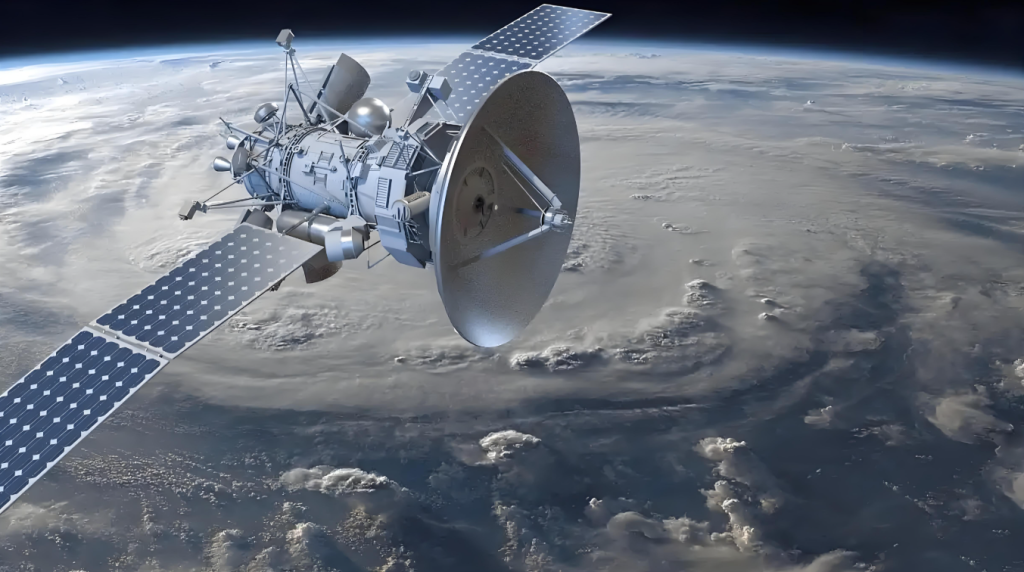Satellite communication is an essential technology for global communication, broadcasting, and data transmission. The performance of satellite communication systems depends heavily on the reliability and efficiency of electronic components, with Printed Circuit Boards (PCBs) playing a key role in these systems.

Satellite Communication Systems
PCBs are crucial in satellite communication systems due to their ability to provide reliable electrical connections and support complex circuitry. Here’s how PCBs are used in various aspects of satellite communication:
- Signal Processing and Routing: PCBs enable the routing of high-frequency signals in satellite communication equipment. They connect different components, including antennas, amplifiers, and transponders, allowing for efficient signal transmission and reception.
- Power Management: PCBs ensure stable power supply to satellite communication systems. They manage power distribution, providing the necessary voltage to critical components, such as the communication payload, ensuring that the satellite operates effectively.
- Miniaturization and Lightweight Design: Due to the limited space and weight constraints of satellites, PCBs are designed to be compact and lightweight. This ensures that satellite communication equipment can fit within the small physical space available while still providing high-performance capabilities.
Satellite Antennas
Satellites rely on antennas to send and receive signals. PCBs are essential in the design and performance of these antennas, contributing in the following ways:
- Antenna Integration: PCBs are used to integrate antenna elements directly into the circuit board. This allows for a more compact design, reducing the overall size and weight of the satellite communication system. This integration also improves the signal-to-noise ratio and enhances performance.
- Beamforming: Modern satellite communication often requires beamforming techniques to focus the signal and improve coverage. PCBs help in the design of phased array antennas, which can electronically steer the beam without mechanical movement, improving the efficiency and performance of satellite communication.
- High-Frequency Performance: Satellite antennas operate at high frequencies (such as L-band, C-band, and Ku-band). PCBs are designed with materials and techniques that can handle these high-frequency signals, minimizing signal loss and ensuring reliable communication.
Transponders and Amplifiers
Transponders and amplifiers are key components in satellite communication systems, and PCBs are essential for their functionality:
- Signal Amplification: PCBs support the circuitry required for signal amplification in satellite transponders. These components ensure that weak signals received from Earth are amplified before being transmitted back. PCBs help maintain signal integrity and minimize noise during this amplification process.
- High Power Handling: Satellite communication systems often require high-power amplifiers to transmit signals over long distances. PCBs are designed to handle high power levels and ensure that the amplifiers operate efficiently without overheating or failing.
- Circuit Integration: Transponders include complex circuits that handle signal modulation, demodulation, and routing. PCBs integrate these circuits in a compact form, enabling them to function within the limited space available on the satellite.
The importance of PCBs in satellite communication cannot be overstated. Their ability to provide reliable, high-performance solutions in space makes them an indispensable part of modern satellite communication systems, helping to drive innovation and global connectivity.
